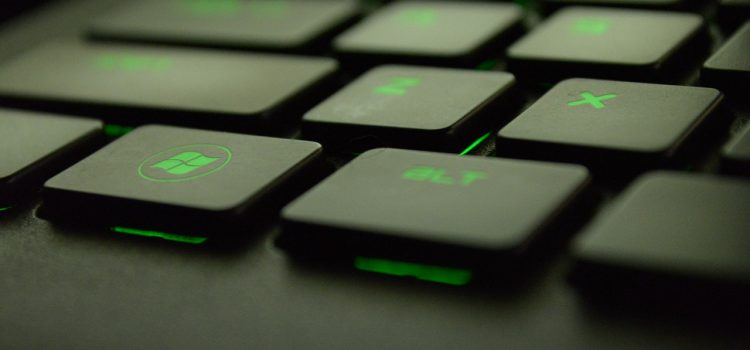How to create a guest profile on pc or laptop
Most versions of Windows in the past allowed you to make “guest accounts.” These accounts would let whoever used them open files and programs, but not change any of the computer’s settings or preferences. Windows 10 doesn’t allow you to create a guest account normally. You can still add accounts for local users, but those local accounts won’t stop guests from changing your computer’s settings.
- While signed in to your administrative account, click on the Start button and search for “Command Prompt.”
- Right-click on the Command Prompt app when it appears in the search results and click on “Run as administrator,” and then click “Yes” in the pop-up window.
- The Command Prompt will then open on your computer screen. It appears as a large black box partially filled with code.
- Type the following code, exactly as it is (with “Friend” being replaced by the name you want to use for your new guest account), then press Enter: net user Friend /add /active:yes
- The next step is to create a password for the guest account. Since it’s meant to be for guests using your computer, there’s no need for an actual password.
- To bypass the password creation, type the following code and then press Enter twice: net user Friend *
- Your next step is to remove your guest account from the “Users” list and add it to the “Guests” list.
- To remove the account from “Users,” type the following code and press Enter:net localgroup users Friend /delete
- Next, add your guest account to “Guests” by typing the following code and pressing Enter:net localgroup guests Friend /add
You can close the Command Prompt window.
To test if you were successful, sign out of your Windows account. Your new guest account should appear alongside your user account on the Windows sign-in screen.
It maybe sounds not needed but this solution will end up saving you for lots of trouble and your pc will be secured while you protect your privacy.
Important * Instead of making this on your own risk, it may be more secure to ask your Technical support to assist you with this.
For more useful information Read our latest articles

